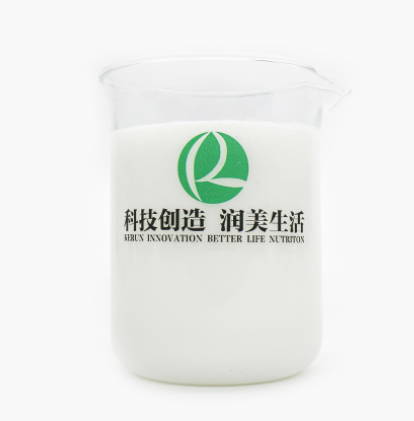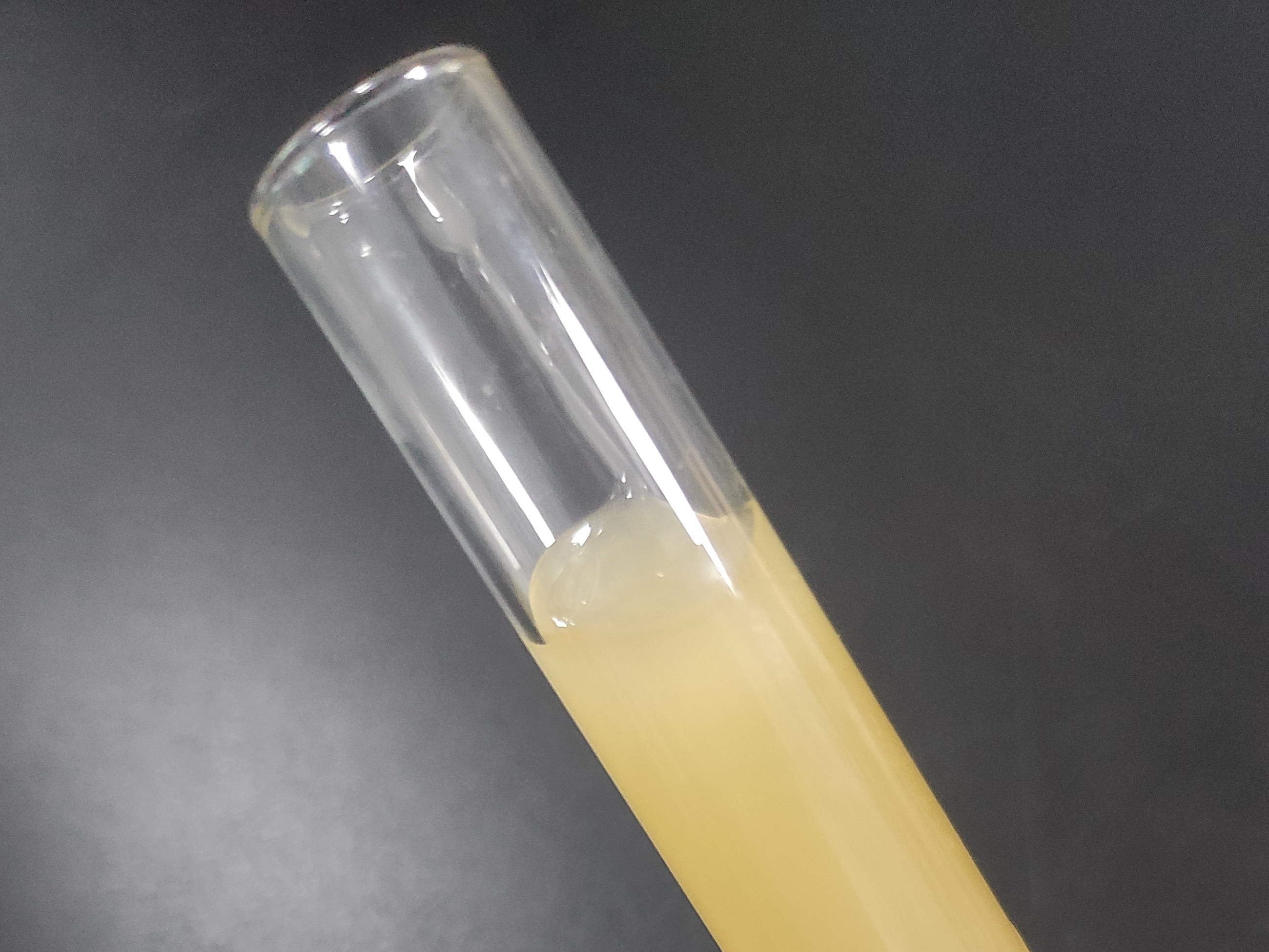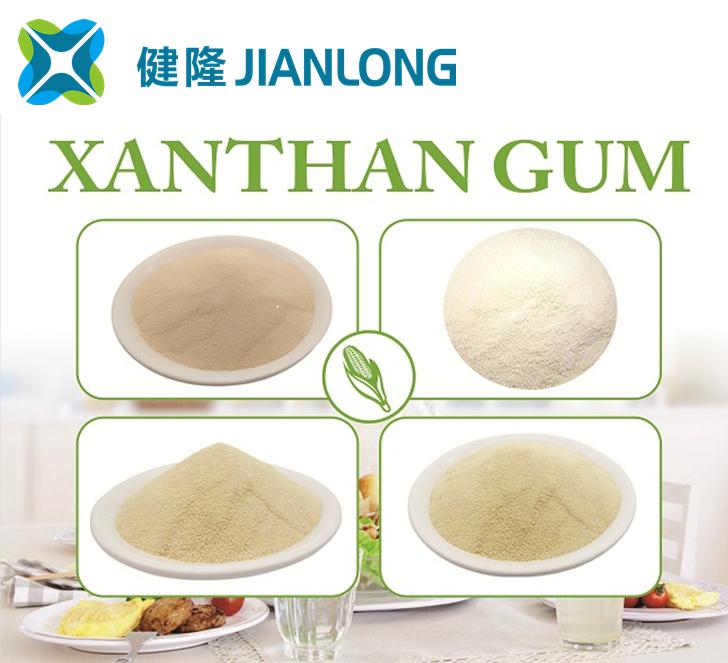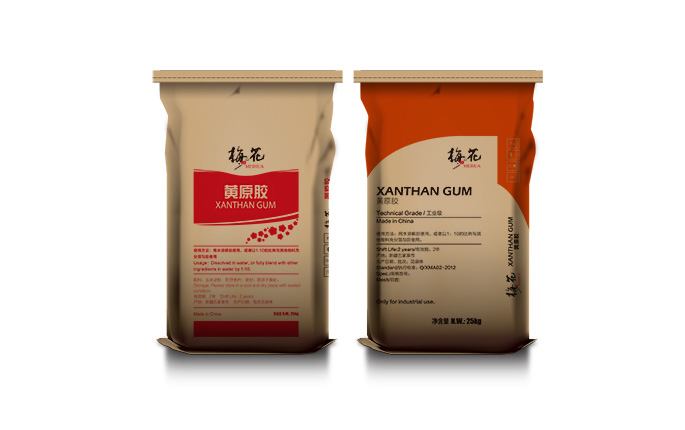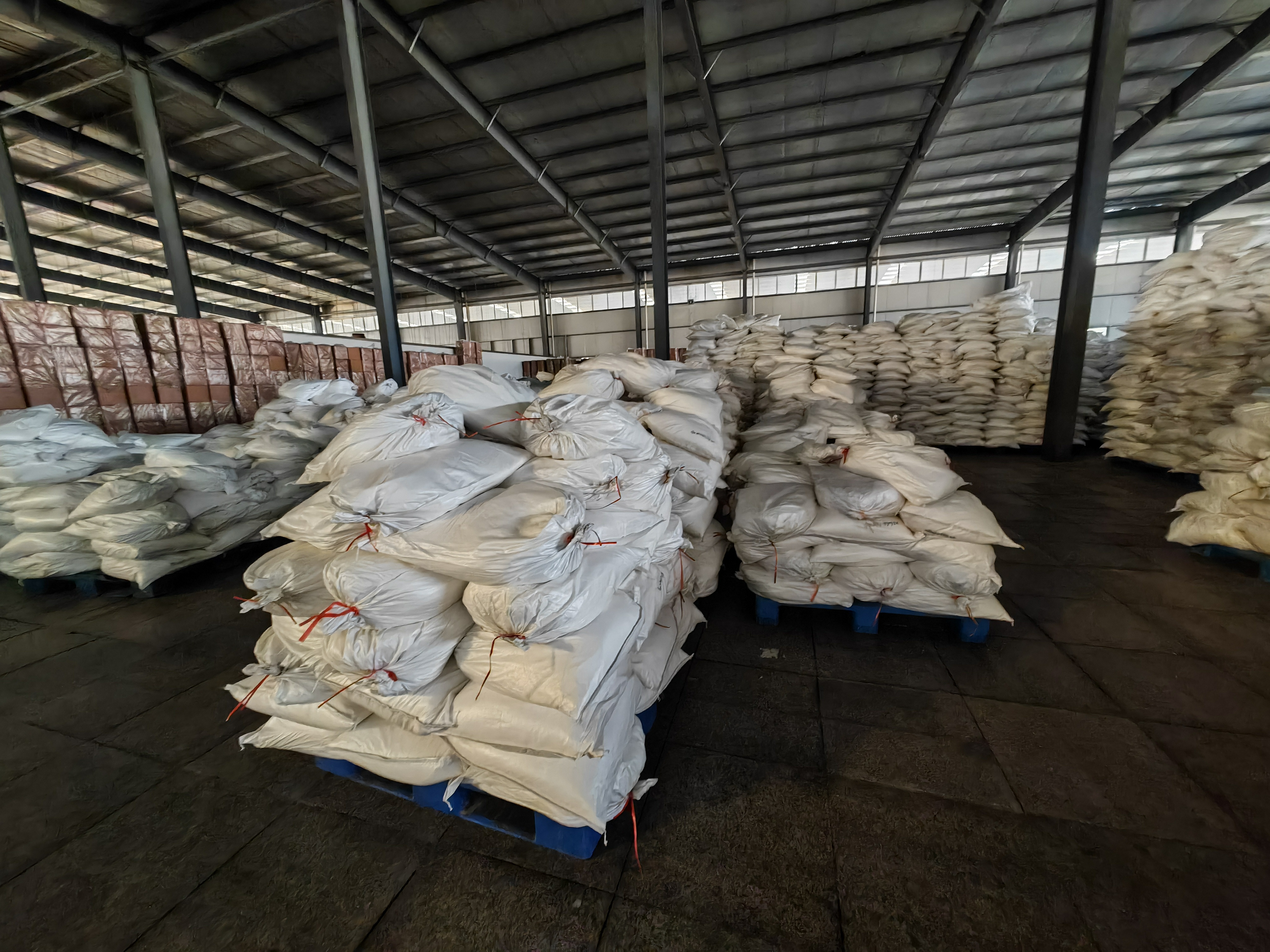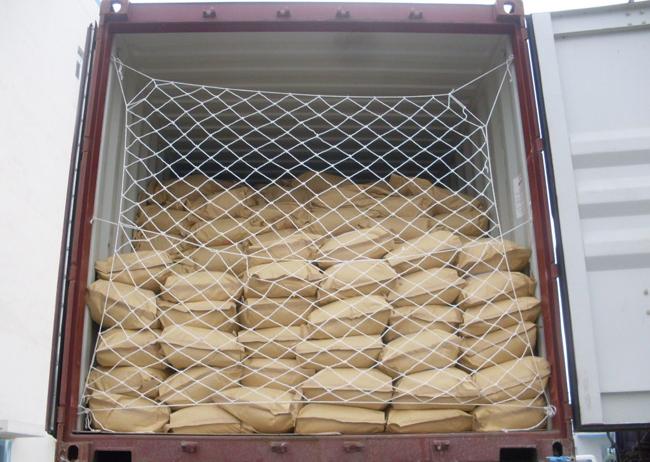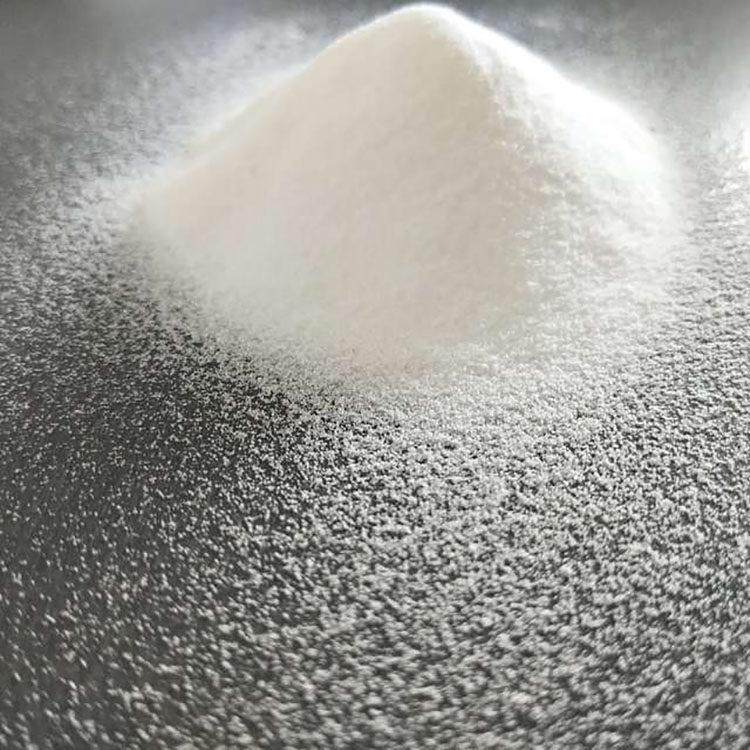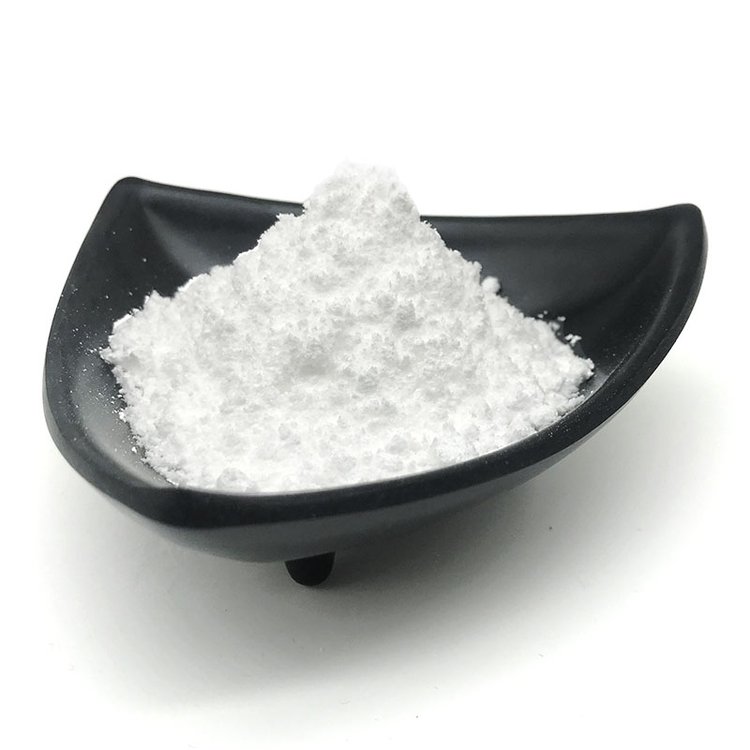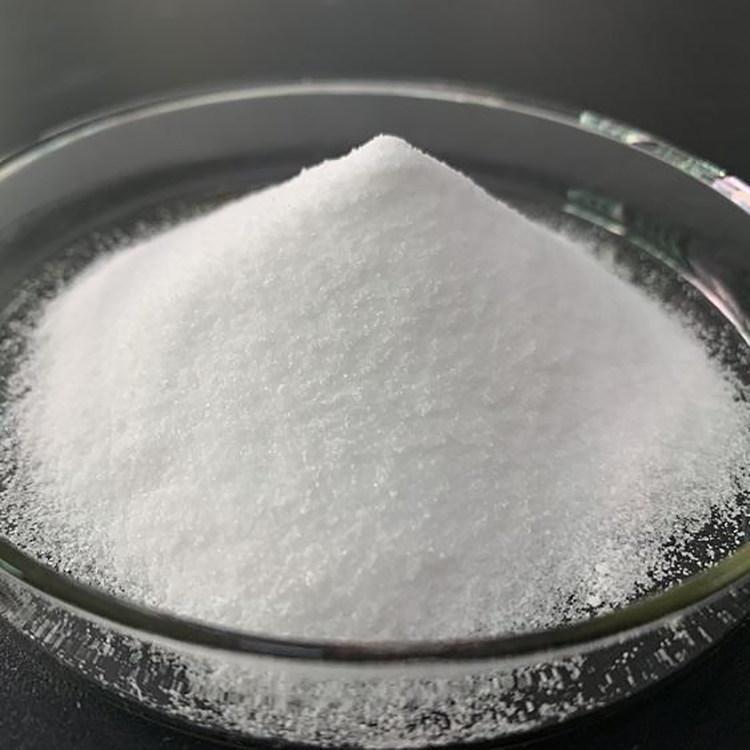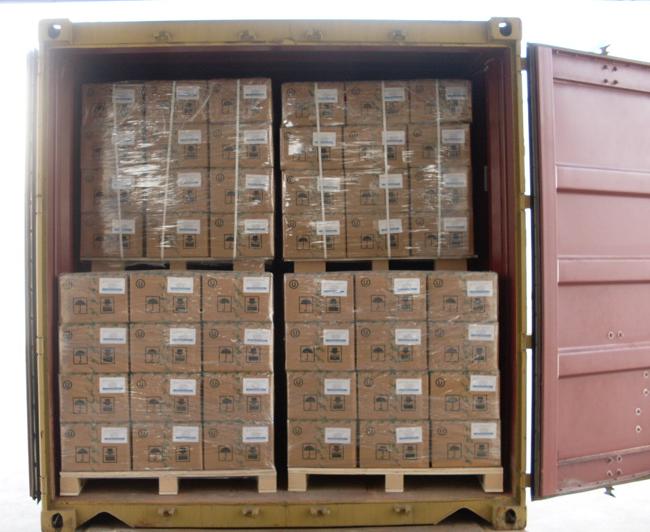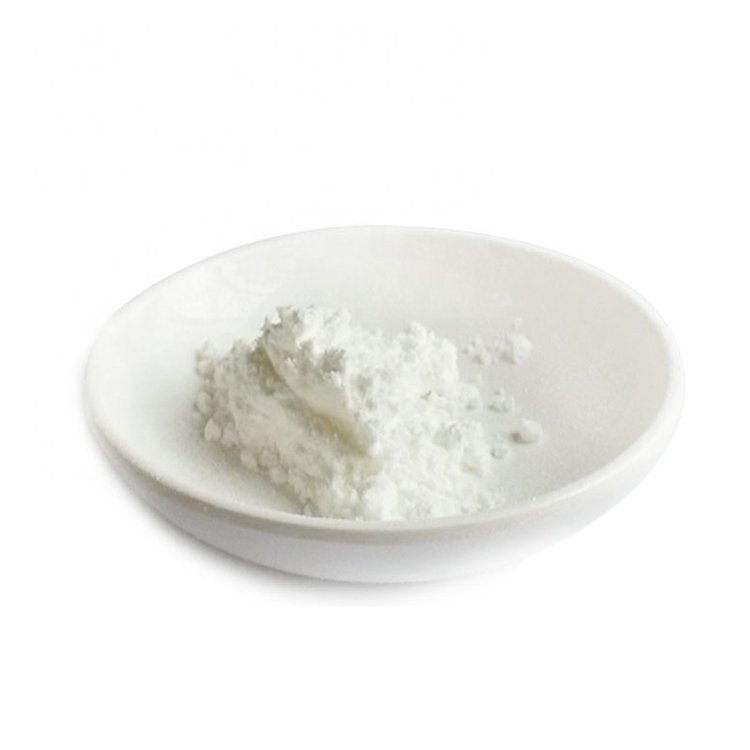Feed Additive
Additives For Food Packaging
Colorant
Stabilizer and Coagulator
Water Retention Agent
Feed Deworming Health Agents
Anti Corrosion and Preservation
Color Fixative
Flour Treatment Agent
Defoamer
Coating Agent
Feed Vitamins
Emulsifier
Other Food Additives
Nutritional Fortifier
Thickening Agent
Feed Quality Enhancer
Antioxidants
Chewing Gum Bases
Bulking Agent
Feed Amino Acids and Small Peptides
Flavor Enhancer
Sweeteners
Additives For Feed Preservation
Other Feed Additives
Food Additive
Bleaching Agents
Anticaking Agent
Food Flavors and Fragrances
Enzyme Preparation
Feed Trace Elements
Acidity Regulators
Feed Growth Promoters
Feed Conditioner
Alias
More Information
Gelling Agent; Thickener; Reactive Printing Thickener; _|_; Composite Thickener 2800; Chocolate Polishing Agent 2800; Glazing Agent 2800
Brief Introduction
Thickener is an additive that can increase the viscosity of the system, stabilize the physical properties of the system, and has the function of emulsification. In addition to the thickening effect, it is also required to have the ability of moisturizing. Such substances include starch, pectin, agar, gelatin, casein, propylene alginate, etc. Water glass is used in other aspects. This product is not only used in cosmetics and food, but also widely used in rubber, daily necessities, etc. As a kind of food additives, this product can dissolve or disperse in water, increase the viscosity of fluid or semi fluid food, and maintain the relative stability of the system. In food, it is mainly to give the rheological form required by food, change the texture and appearance of food, make liquid and slurry food form a specific form, and make it uniform and stable. It can improve the quality of food, keep food smooth and palatable, and also has the characteristics of water solubility, stability, gel, foaming, stabilizing foam, adhesion, film forming, water holding, flavoring and health care. There are many kinds of thickeners, including thickeners from animals, plants, microorganisms, seaweed gels and other sources.
Suppliers
View More Vendors (4) >
CAS:11138-66-2
Molecular Formula:C8H14Cl2N2O2
Alias
More Information
2-(2,4-Diaminophenoxy)Ethanol Dihydrochloride; 2,4-Diaminophenoxyethanol Dihydrochloride; Ethanol, 2-(2,4-Diaminophenoxy)-, Dihydrochloride; 2-(2,4-Diaminophenoxy)Ethanol Hydrochloride; Ethanol, 2-(2,4-Diaminophenoxy)-, Hydrochloride (1:2); 2,4-Diaminophenoxyethanol 2Hcl; 2,4-Diaminophenoxyethanol; Yellow Adhesive,; Xanthomonas Polysaccharide; xc Polymer; Xhanthan gum
Brief Introduction
Xanthan gum, also known as xanthan gum and Hansen gum, is an extracellular acidic heteropolysaccharide produced by fermentation of Xanthomonas. D-glucose, D-mannose and D-glucuronic acid are high molecular weight polysaccharides with a ratio of 2:2:1. The secondary structure of xanthan gum is that the side chain is reversely wound around the backbone of the main chain, and the rod like double helix structure is formed by hydrogen bonding. Xanthan gum is a light yellow to white flowable powder with a slight odor. It is soluble in cold and hot water, neutral, resistant to freezing and thawing, insoluble in ethanol. When it meets with water, it disperses and emulsifies into a stable hydrophilic viscous colloid. Xanthan gum is a kind of biological gum which integrates thickening, suspension, emulsification and stabilization, and has the best performance in the world, so it is widely used in more than ten fields such as food, petroleum, medicine and daily chemical industry. In food: many foods are added xanthan gum as stabilizer, emulsifier, suspending agent, thickener and processing aid. In daily chemical industry: Xanthan gum contains a large number of hydrophilic groups, which is a good surfactant, and has antioxidant, anti-aging and other effects. In medicine: Xanthan gum is a functional component of microcapsule material which is popular in the world and plays an important role in controlling drug release. In petroleum industry, because of its excellent salt resistance and heat resistance, it is widely used in drilling in special environment such as ocean and high salt zone, and can be used as oil displacement agent to reduce dead oil area and improve oil recovery.
Suppliers
View More Vendors (3) >
CAS:55963-33-2
Alias
More Information
Starch, Hydrogen Phosphate; Bisstarch Phosphate; Phosphate Bisstarch; Corn Po4 Ph`
Brief Introduction
Bisstarch phosphate is a chemical substance with certain toxicity. It will decompose pungent smoke when heated. It is white powder, with high gelatinization temperature and low humidity. It is also called phosphate bisstarch in Chinese; Starch phosphate; Starch phosphate diester; When the strength, adhesion and hardness of phosphate double starch are poor, it has a great impact on the taste and performance of flour and other products. Therefore, the preparation of the best phosphate double starch is of great significance in the field of flour.
Suppliers
View More Vendors (3) >
CAS:65996-62-5
Alias
More Information
Strke, Oxidiert; Starch, Oxidised; Starch, Bleached; Starch, Oxidized; 2-[2-[[3,4-Dihydroxy-6-(Hydroxymethyl)-5-Methoxyoxan-2-Yl]Oxymethyl]-6-[4,5-Dihydroxy-2-(Hydroxymethyl)-6-Methyloxan-3-Yl]Oxy-4,5-Dihydroxyoxan-3-Yl]Oxy-4-Hydroxy-6-(Hydroxymethyl)-5-Methoxyoxan-3-One; Modified Starch
Brief Introduction
Thickening agent; Emulsifier; Binder. It can be used as binder and starch jelly for surface seasoning of fried food. In bread production, it can improve gas holding capacity, shorten fermentation time and increase bread volume.
Suppliers
View More Vendors (3) >
CAS:9002-18-0
Molecular Formula:C14H24O9
Alias
More Information
(2R,3S,4S,5R)-2-(Hydroxymethyl)-6-[[(4R,5S)-4-Hydroxy-3-Methyl-2,6-Dioxabicyclo[3.2.1]Octan-8-yl]oxy]-4-Methoxyoxane-3,5-diol; Agar agar; Agar,Powder; Agar-agar
Brief Introduction
Han Tian (Han Tian Fen) has been widely accepted and loved by people since Nara period in Japan. By the time of peace, it has been widely eaten as a cuisine. In the Edo period, people put the surplus foreign flour into the cold outdoors. After freezing, the chemical book became dry goods. It is said that this is the origin of cold weather. After trying to cook, the unique smell of the flour disappeared and became a transparent solid. Because it is rich in food fiber, it is also loved by people as a weight-loss and healthy food.
Suppliers
View More Vendors (3) >
Inquiry (
10
/ 10
)
Clear All
Sign In
Error!

